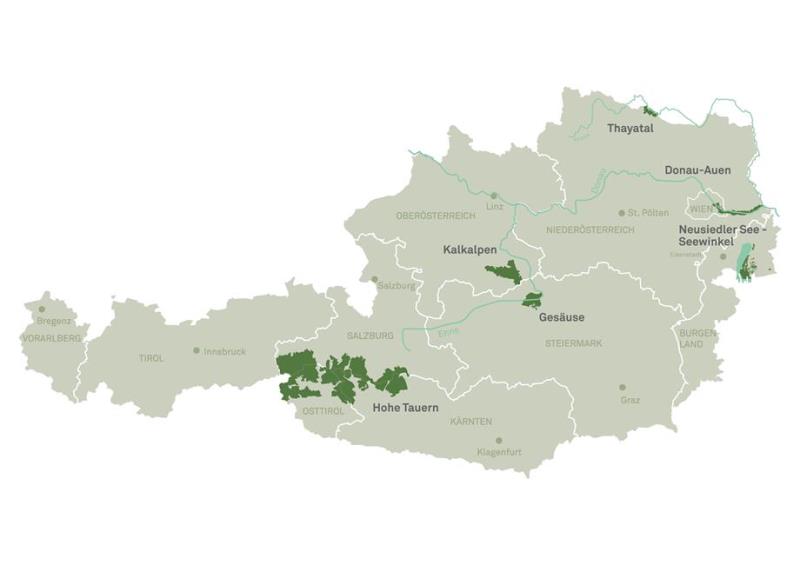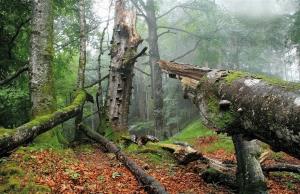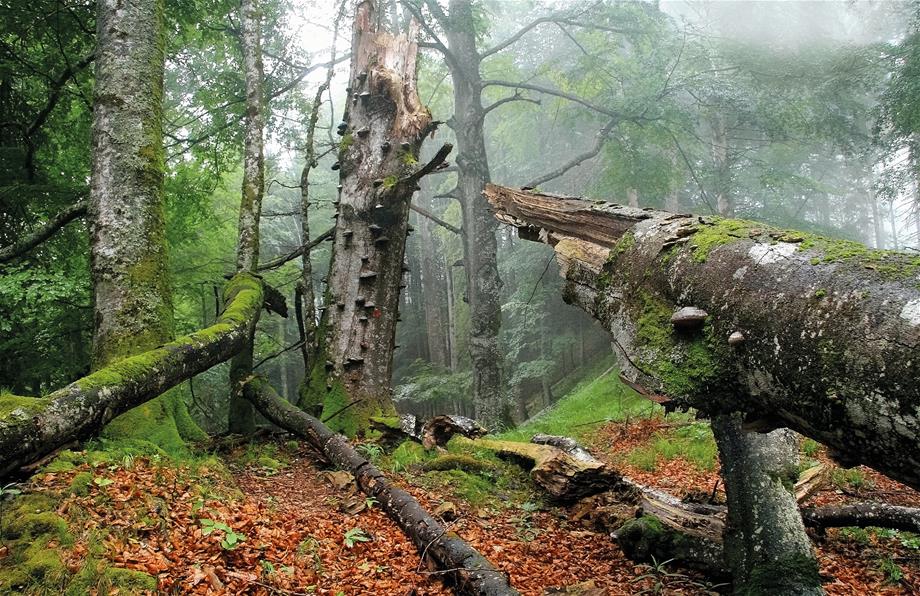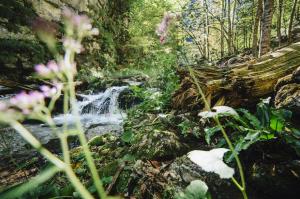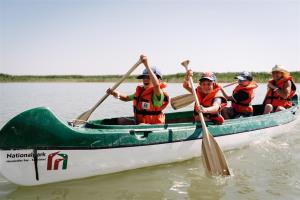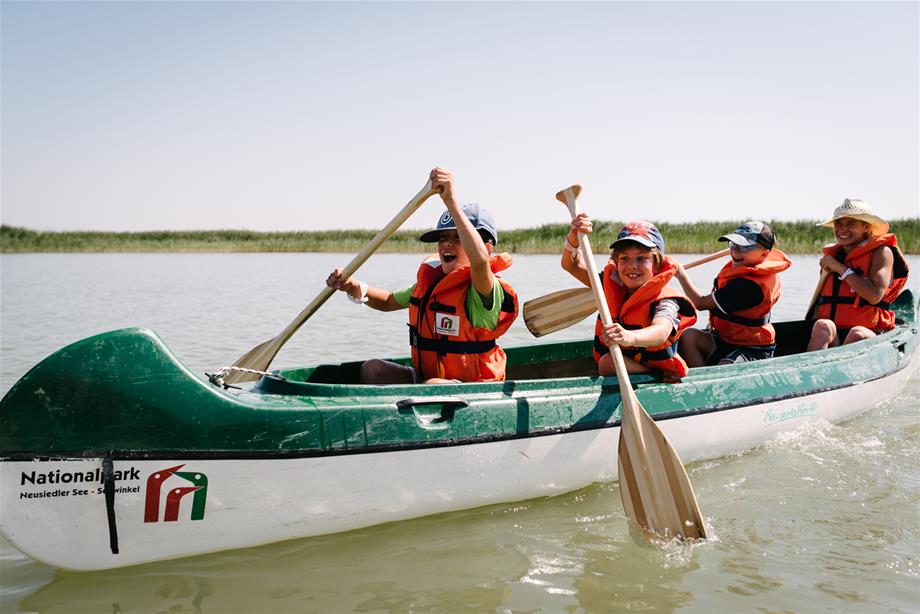General Information
Nothing touches us like the untouched.
Let yourself be touched by the untouched natural landscapes of the six Austrian National Parks Donau-Auen, Gesäuse, Hohe Tauern, Kalkalpen, Neusiedler See - Seewinkel and Thayatal:
Prinstine reedy covered landscapes and steppe landscapes, enchanting virgin forests and alluvial woodlands, untamed rivers, rugged limestone mountains and the eternal ice of the glaciers are unique natural areas.
Here at Nationalparks Austria, we care for these areas with vision, competence and passion to preserve them for future generations. By protecting our shared Austrian natural heritage we are not only preserving ecological and scenic diveristy, but also making a valuable contribution to human well-being, environmental education and research of the various eco-systems. For this reason we are doing all that we can to ensure that nature can continue to develop unhindered here, now and in the future.
The "Agreement of Heiligenblut” of 1971 marked the start of the national park movement in Austria. Three federal states - Carinthia, Salzburg and Tyrol - opted for the establishment of the Hohe Tauern National Park. Ten years later, this area was officially recognised as the first national park in Austria. This example set a precedent: Today, a total of six areas of ecological excellence are in the top tier of nature conservation.
- Hohe Tauern National Park 1981 (Carinthia), 1984 (Salzburg), 1991 (East Tyrol)
- Neusiedler See - Seewinkel National Park 1993
- Donau-Auen National Park 1996
- Kalkalpen National Park 1997
- Thayatal National Park 2000
- Gesäuse National Park 2002
What is a national park?
Many of the guidelines defined by the International Union for Conservation of Nature IUCN need to be fulfilled for a protected area to be recognised as a national park. Among other things, at least 75 percent of the protected area must not be host to economic exploitation. Compliance with the criteria is regularly reviewed.
National parks are ambassadors for a responsible and respectful relationship with nature. The main tasks include the protection of valuable ecosystems, preservation of biodiversity as well as education and research. Visitors are very welcome.
The overall offer of the Austrian national parks:
National Parks Austria offers a real experience in nature and assumes responsibility for authentic natural heritage. This involves exemplary, professional and innovative nature conservation as well as experience-based environmental education and practical research.
1. Enabling free nature development and encouraging understanding of process conservation
2. Providing scope for quality of life
3. Being the leading voice in nature education and nature discussion
4. Facilitating research
5. Interacting with the surrounding regions in an exemplary manner
6. Prioritisation of nature interests above other exploitation interests
7. Pooling of abilities for the common goals of the umbrella organisation
